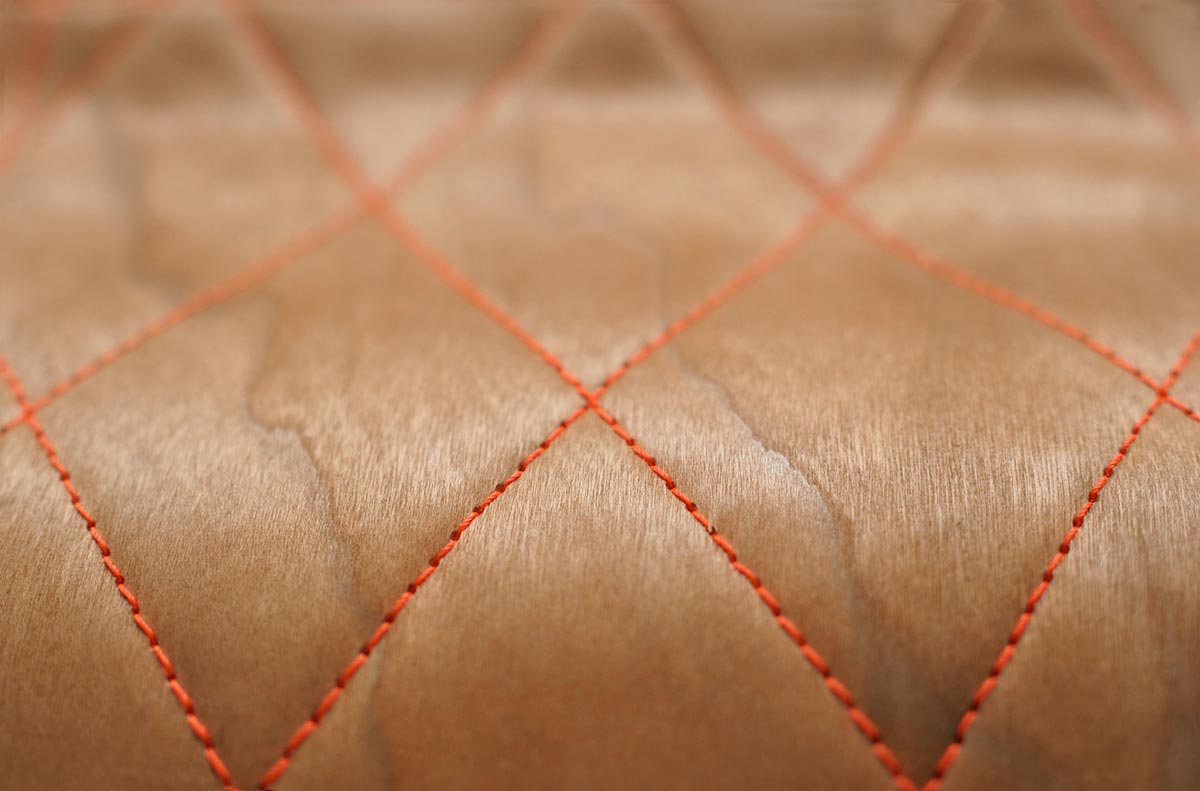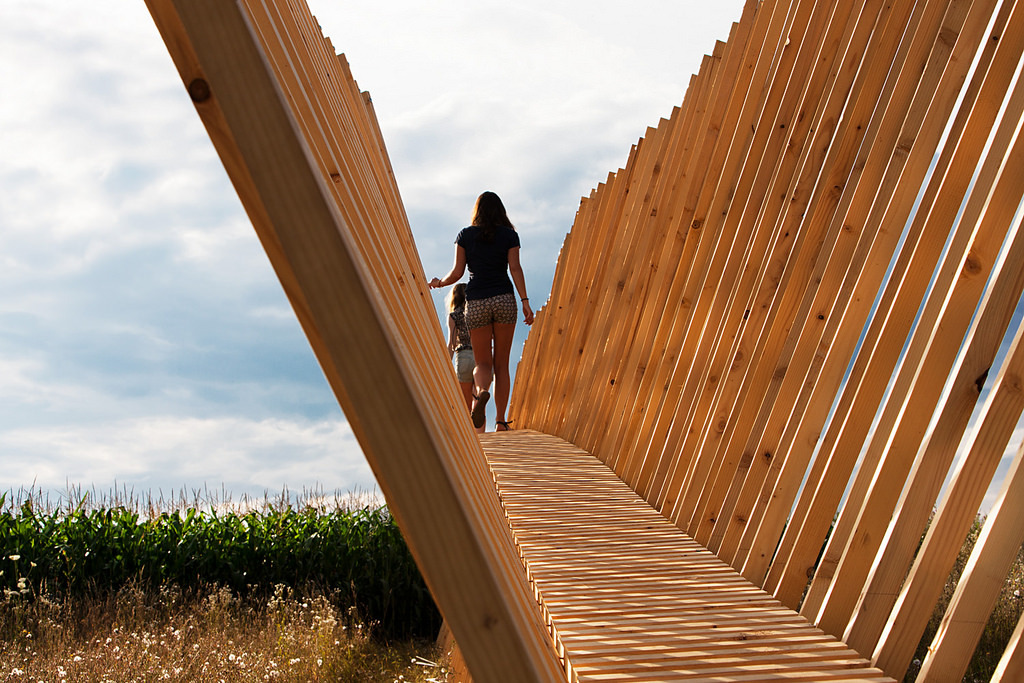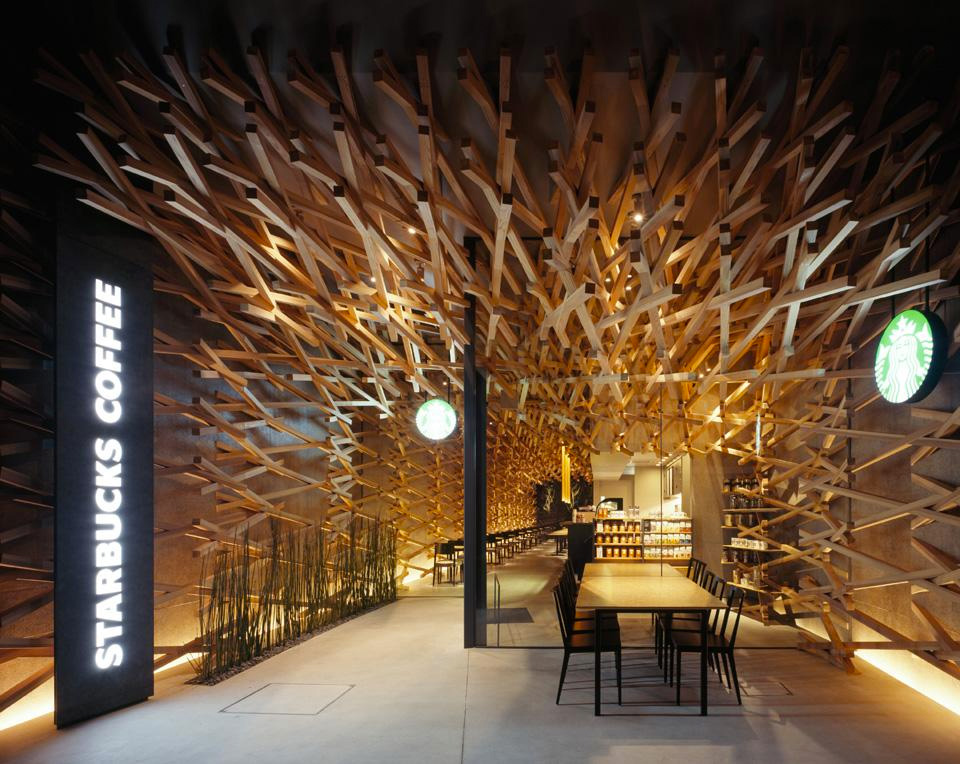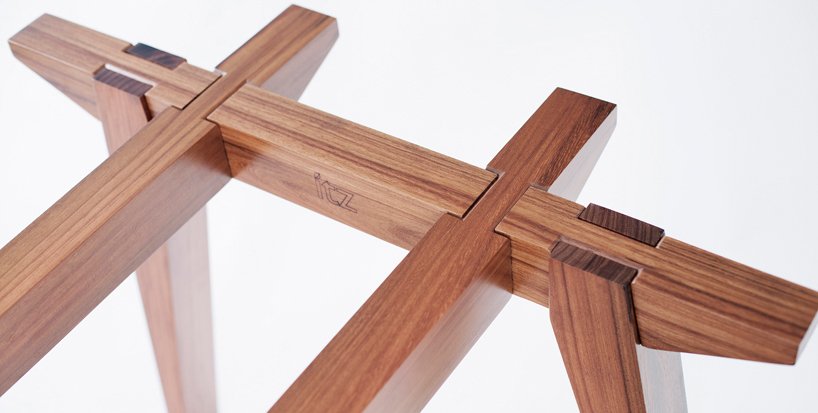This quilted material isn’t fabric that’s printed to look like wood – it’s actual wood veneer. The innovative new invention from Berlin-based designers Anastasiya Koshcheeva and Oya-Meryem Yanik is soft enough to be joined with thread rather than glue, and can be used alone or in conjunction with plywood.
The material is called ‘Chester’ and it’s more than just a decorative finish for products like the stool pictured above. The quilting method of joining the layers of soft, moldable plywood creates a cushioned surface.
The resulting product can be cut to size and has potential for use in the furniture, transportation and industrial industries. It’s an interesting new way to look at wood, a product generally perceived as being very solid and inflexible, potentially opening up a whole new realm of possibilities for the material.
“I explore each material’s unique potential, aesthetic features, and haptic qualities in an experimental way and turn my insights into design concepts,” says Koshcheeva. “My work is characterized by the combination of contrasting textures, colors, and skills. I create products with character that have a story and tell it through the design.”































